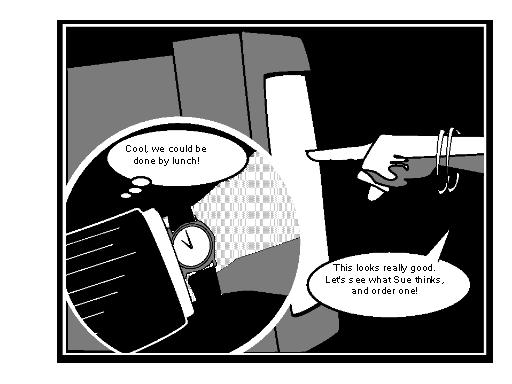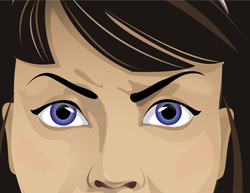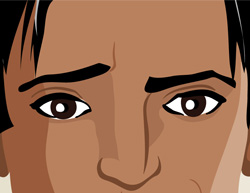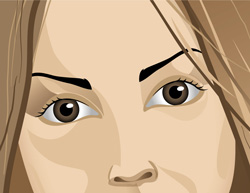
Design Comics / Backstory
Why Comics?Telling a product story in a graphic style -- using characters as part of the story -- helps people inside your company or organziation understand realistically how their products will be used. More important, graphic narratives offer a glimpse at potential issues users will encounter when using and getting support for your products or services. These scenes were developed to illustrate use of web sites and computer software products, but you can use them as a foundation for telling a user-centered for almost any product.Where Did This Idea Come From?Of course, graphic narratives have been around since the Ancient Egyptians or even earlier if you count cave paintings. And comic books are a flourishing commercial art form. But many organziations are finding comics are useful in developing and communicating designs for products.At Sun, we first used a comic format in 1991 to illustrate the use of one of our software products, called AnswerBook. Casey Cameron at Sun conceived of the idea of using comics as a painless way to illustrate AnswerBook's features to new users. The scenes were shot like a movie via video camera (this was just before widespread use of affordable digital cameras), and then stylized drawings were developed based on screen grabs of key shots. Though the graphic stories were intended for use in the finished products, we realized along the way that the storytelling aspect of the comics helped us think through how the product would be used by end users. But, comics were somewhat hard to create and not part of our corporate design culture at that time, so they were eventually forgotten. Fast forward to 2006: Design comics came onto the scene bigtime when Kevin Cheng and Jane Jao presented on their use of comics at YAHOO! to the Information Architecture Summit, a design conference, in Seattle. And, we started running into other people in other companies who were using comics to help develop new user experience, and also to communicate problems to, say, their IT groups or others who they needed to understand the user's point of view. As an outgrowth of this interest, Kevin has created an excellent reference page on the use of comics in deisgn. After hearing a few more stories from colleagues, we were re-sold on the value of comics in design. We dusted off our old scenes from the AnswerBook project and repurposed them for some new internal projects. But, we only had a few scenes and characters developed. And, the characters only had particular poses and expressions developed that suited the particular story we had told for that old product. Plus, the scenes were in a stylized black & white and some of the hair styles and dress that were Cyndi Lauper circa 1985. So, we decided a little updating was in order.  How Were These Specific Characters and Scenes Developed?We began thinking: What if we took the best of the poses and scenes from our old comics, combined them with the rich wisdom from Kevin's and Jane's IA Summit examples... and looked for someone who could create shareable electronic illustrations we could use in slides?We did a quick project bid on elance.com, and selected ISD Group to develop the illustrations. (Our selection process is a fun story with lots of interesting pictures. I'll post these later when I get a chance.) Our project brief for ISD was done in StarOffice slides (with lots of pictures of our old black and white comics) plus some mini personas to describe the different characters. It turned out to be tons of work! I mean, do the math: Eight characters, seven poses/emotions each in multiple scenes. Add in combinations of characters and expressions, and ISD created literally thousands of images. We actually dropped a few characters and scenes for the first round, and we're working on these now. What you see on this site is the 1.0 version of the files, which took many months to develop. Why Are These Free and in the Public Domain?Sun Microsystems is a software and tehcnology company; they are not in the graphic design business. Since there seems to be universal interest in using comics in design -- and since many folks who do IA and customer experience design work can't draw or think they can't -- the Sun web team thought this would be a nice gift to the product and web design community. When I moved to Cisco, I continued using these templates and have taught some courses with Marilyn Salzman from Sun about how to use storyboarding and comics in product development.Another I have learned from many years following the open source community is that when you release software to the community, wonderful and unexpected things happen: The assets are used in unexpected and creative ways that amplifies their value many times over. It's my hope that this happens with these Design Comics. Credits: These templates were developed by Martin Hardee with inspiration from Casey Cameron, Kevin Cheng, and the web design teams at Sun Microsystems, Cisco and other companies. Illustrations, by ISD Group, are free for you to use. Please add a credit line at the end of your slides or storyboards (see the slides for an example). Site created by Martin Hardee |


